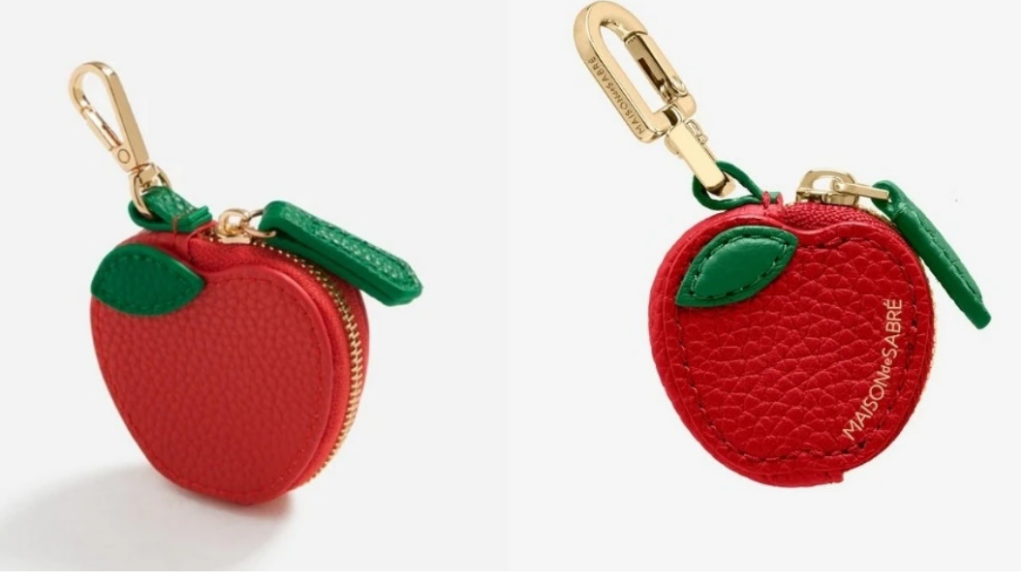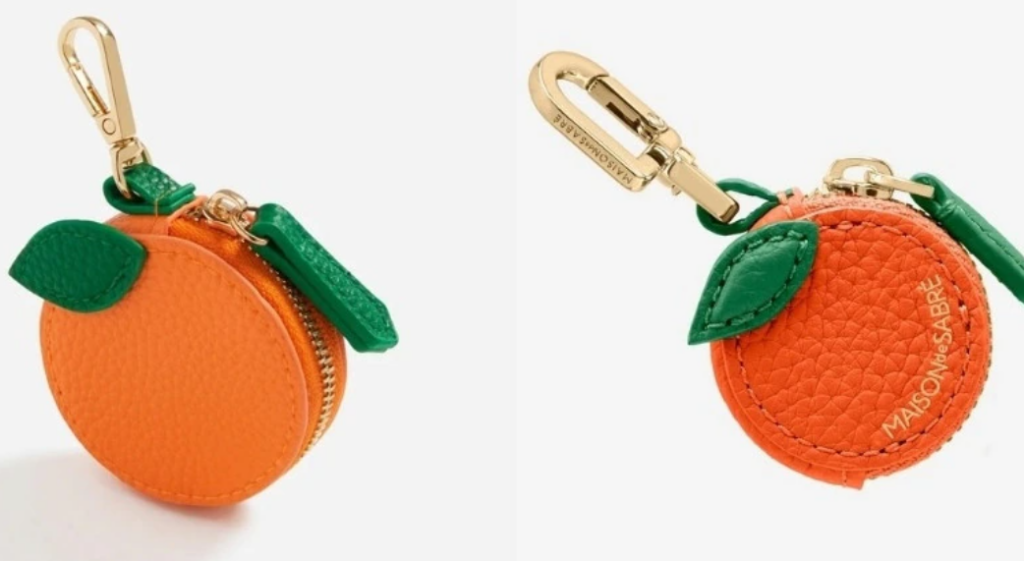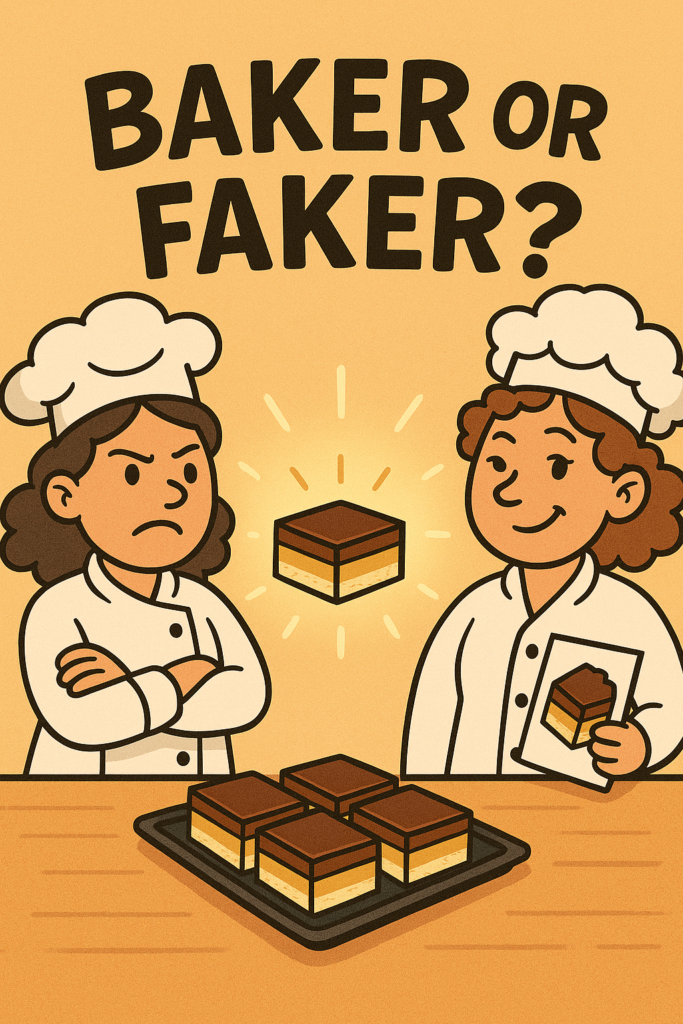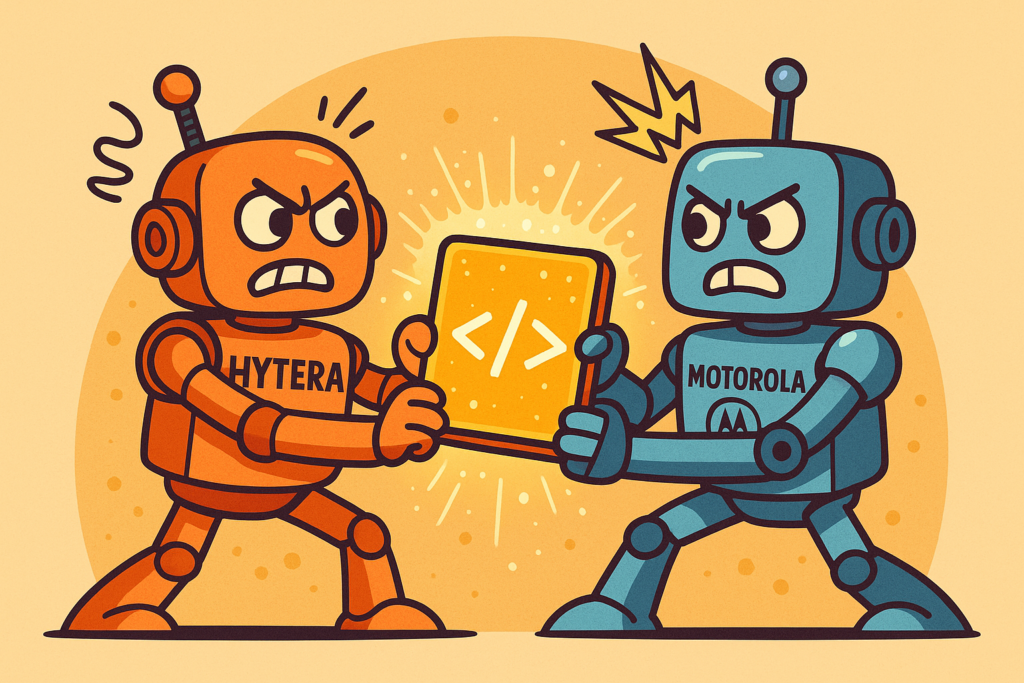IP Australia Knocks Canva to the Canvas
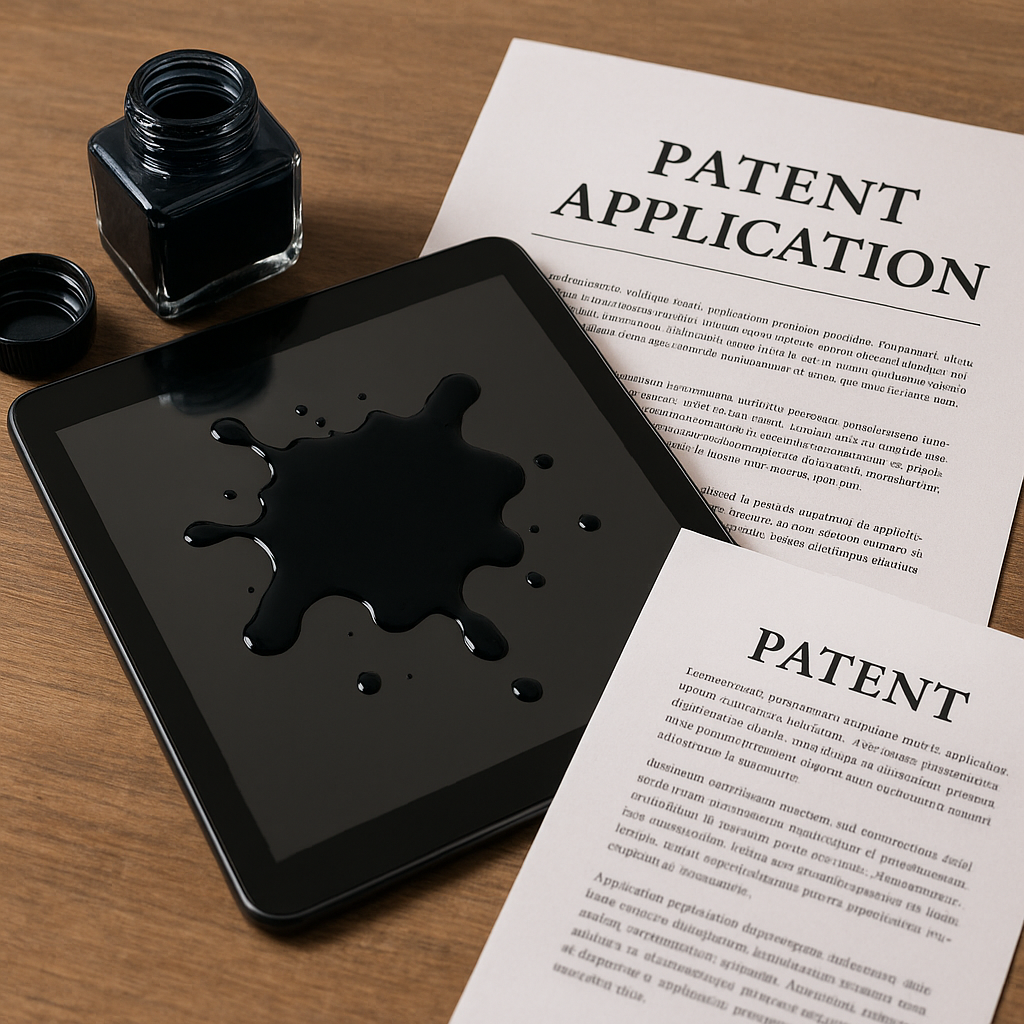
How many patents could a patent combatant patent if a patent combatant could patent patents? It turns out possibly none, if they’re IT-based patents …
It’s not often that a legal decision about slide deck formatting gets a 230-page appendix and a judicial tone verging on exasperation. But that’s exactly what happened in April when IP Australia handed down the Delegate’s ruling on two Canva patent applications. And for tech lawyers, it’s a masterclass in where the edges of software patentability still lie in Australia.
What Canva Sought to Patent
Canva — Australia’s SaaS design darling — had sought patent protection for two computer-implemented inventions. One described how to take content from a document and reflow it into a deck format automatically. The other focused on the math behind mapping design “fills” into limited layout “frames.”
The applications were meticulous. Detailed. Full of flowcharts, hierarchy data, bounding boxes, fills, and pagination logic. They read like a design engineer’s epic poem – a love letter to structured templates.
But in the eyes of IP Australia, they weren’t inventions. Not in the legal sense, anyway.
The Legal Lesson: “Manner of Manufacture” Still Matters
Australia’s test for whether a computer-implemented invention is patentable remains the “manner of manufacture” test — essentially asking whether the claimed invention involves more than just abstract ideas, business rules, or well-known computer functions.
And here, the Delegate of the Commissioner of Patents said: nope.
Despite Canva’s argument that their invention transformed how users generate designs and templates, IP Australia saw it differently: the claims described a process for applying “rules” to content in order to lay it out aesthetically — something a human designer could do, and something that didn’t, in substance, solve a technical problem or enhance the functioning of a computer. It was more scheme than science.
More Than Just a Canva Problem
Why should the rest of us care?
Because this is yet another signal — after decisions like Research Affiliates and Rokt — that Australia continues to draw a relatively narrow line on software patents. If you’re advising a client on patent strategy in the digital design, AI, or UX tooling space, the key takeaway is this: just because something’s hard to code doesn’t mean it’s patentable.
The software has to do more than automate — it must yield a technical effect or improvement that isn’t just the automation itself.
So, What’s Next?
For Canva, it’s back to the drawing board — or perhaps, back to their formidable brand and copyright moat. And they still have six months to reframe the claims in a way that may survive scrutiny.
For the rest of us, it’s another sharp reminder that patenting in the tech sector remains as much an art as a science. Don’t just ask “Is it clever?” Ask, “Is it a manner of manufacture?”
Because in Australian patent law, not all clicks are created equal.
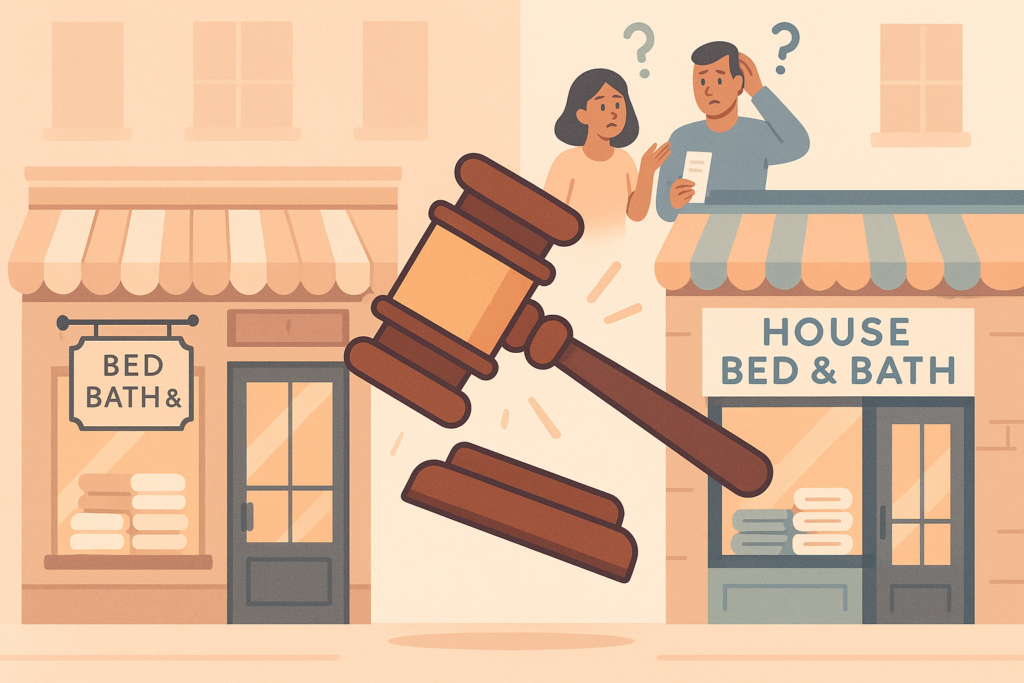 What happens when your new brand smells a little too much like the towels next door?
What happens when your new brand smells a little too much like the towels next door?
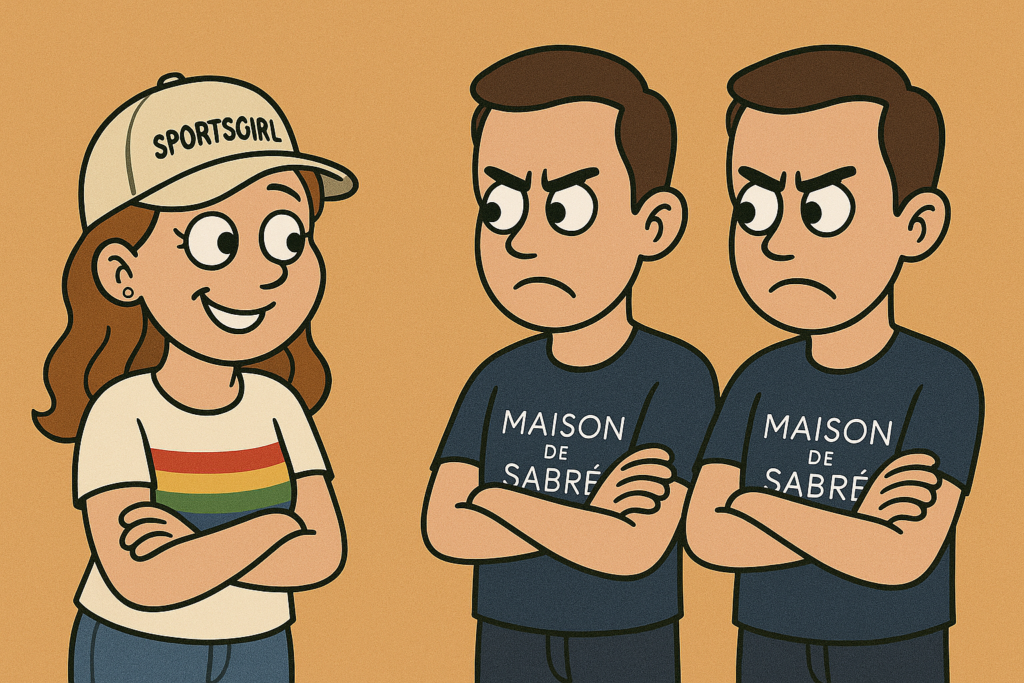 Not a
Not a 